Marvel in the 1960s was a revolution wrapped in a rough draft. The company was rewriting the comic book rulebook — injecting emotional flaws into superheroes, tackling social anxiety through sci-fi metaphors, and building a shared universe years ahead of its time. But with that bold innovation came a hefty dose of creative naivety and cultural blindness.
Videos by ComicBook.com
For all its brilliance, it was also deeply rooted in the language and assumptions of its era — Cold War paranoia and casual sexism that spilled into both heroes and villains. It’s both the foundation of modern myth-making and a time capsule of how awkwardly progress begins.
5. Rick Jones
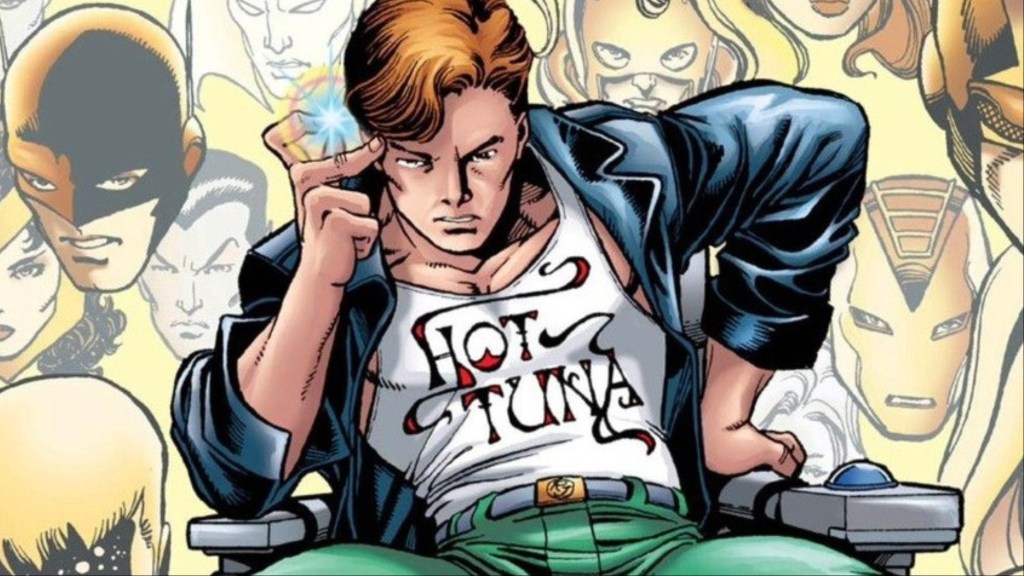
If there were a “Most Convenient Human” award in Marvel history, Rick Jones would win hands down. Introduced in The Incredible Hulk #1 (1962), he was literally the reason Bruce Banner became the Hulk — because Rick absentmindedly drove into a gamma bomb test site. That single act of teenage recklessness kickstarted one of Marvel’s biggest legends. Rick’s early role was supposed to make young readers see themselves in the stories. And boy, did Marvel stick with that idea.
After the Hulk, Rick became Captain America’s sidekick (the wannabe Bucky), dabbled with the Avengers, then hitched a ride with Captain Marvel and became the cosmic linchpin connecting him to Mar-Vell through the Nega-Bands. Here’s where it gets cringe. Rick Jones was painfully eager — always chasing validation from superheroes who either pitied him or didn’t need him. In the modern lens, his “plucky teen” shtick feels forced. He wasn’t a hero, yet he was always in the middle of cosmic events.
4. Hate-Monger
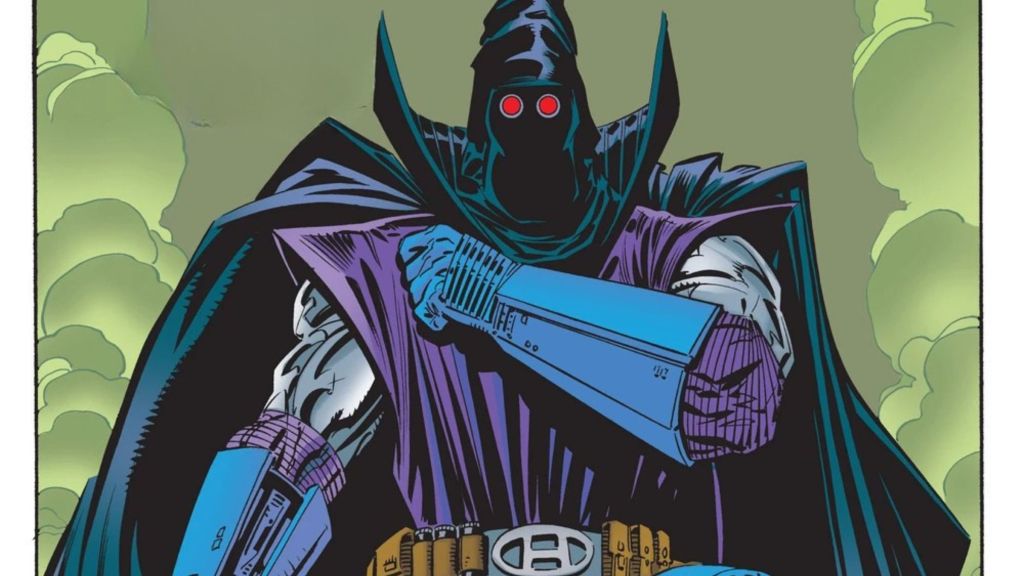
Hate-Monger literally was hate, dressed in a purple Ku Klux Klan hood, waving a “hate ray” gun. And to make things even wilder? His secret identity turned out to be Adolf Hitler. First appearing in Fantastic Four #21 (1963), the Hate-Monger was meant to be a social commentary on prejudice and mass manipulation during the Cold War. The idea had potential — exploring how demagogues can weaponize bigotry and fear. While the story’s intention was noble, it came off as embarrassingly simplistic. Early Marvel often tried to tackle real issues, but writers like Stan Lee and Jack Kirby were still treating complex social themes with the same tone as goofy monster-of-the-week plots. The result: morally correct, but painfully cringe.
3. Egghead
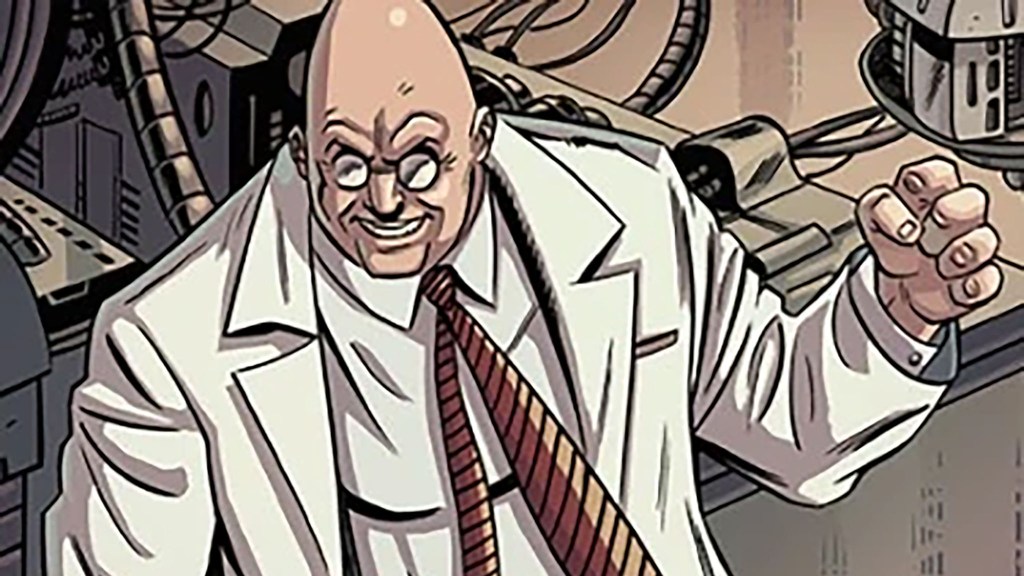
Egghead, aka Dr. Elihas Starr, made his debut in Tales to Astonish #38 (1962) as an archenemy of Ant-Man. A former government scientist turned criminal mastermind, Egghead was supposed to embody the “evil genius” archetype. But instead of being a menacing, cerebral foe, he quickly became a laughable caricature. With his oversized forehead (a physical manifestation of his “intellect”) and cartoonishly villainous schemes, Egghead never managed to feel like a true threat, even in the low-stakes world of early Ant-Man stories.
2. The Red Ghost and His Super-Apes
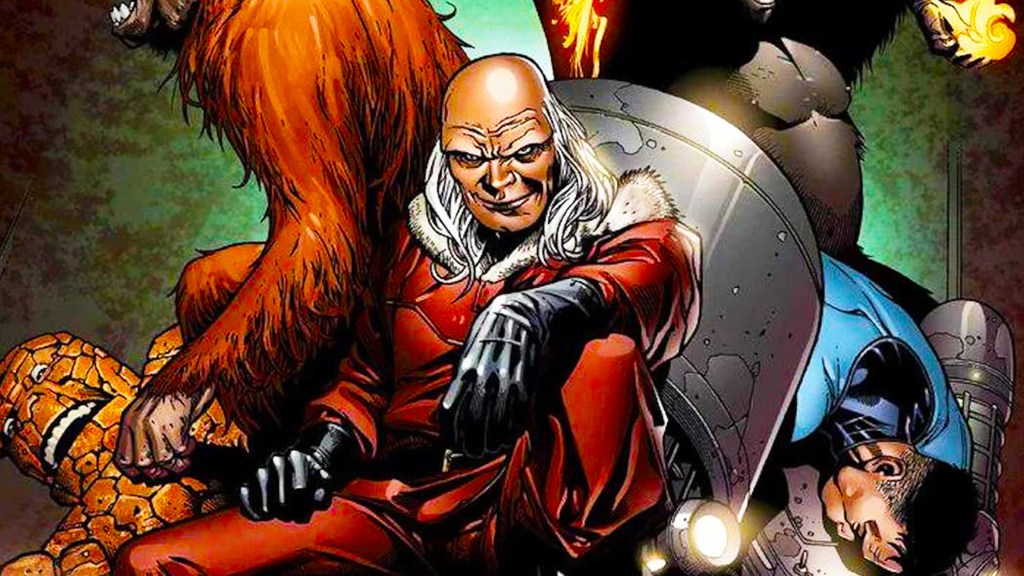
The Red Ghost, aka Ivan Kragoff, first appeared in Fantastic Four #13 (1963) as a Soviet scientist determined to outdo the American space program by replicating the cosmic ray experiment that gave the Fantastic Four their powers. However, instead of assembling a team of human comrades, Kragoff brought along three apes — a gorilla, a baboon, and an orangutan — who also gained powers from the rays. Together, they became “The Red Ghost and His Super-Apes.” Even by 1960s comic standards, this villain was a stretch.
The Cold War-inspired rivalry between the U.S. and the U.S.S.R. was fertile ground for storytelling, but The Red Ghost turned it into a cartoonish parody. Armed with the ability to turn intangible (basically a more boring version of Kitty Pryde or Vision), Kragoff was quickly overshadowed by his super-powered apes. The gorilla gained super-strength, the orangutan could shapeshift, and the baboon had magnetic powers. While this might sound mildly creative, it came off as absurd rather than compelling. Instead of presenting a credible challenge to Marvel’s First Family, The Red Ghost and his apes felt like a joke that overstayed its welcome.
1. The Yellow Claw
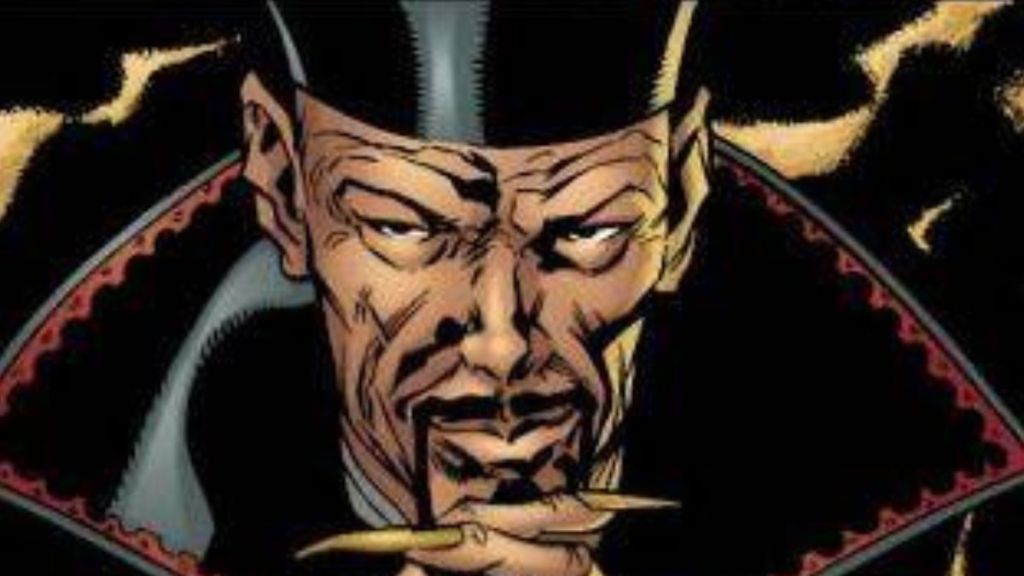
The Yellow Claw, introduced in Yellow Claw #1 (1956) and later incorporated into Marvel continuity during the 1960s, was envisioned as a sinister, Fu Manchu-esque supervillain. A brilliant scientist and political schemer, he was positioned as a major global threat, often clashing with American agents like Jimmy Woo (who would later become a more enduring and beloved character). However, the Yellow Claw wasn’t defined by his intellect or villainous schemes but by his blatant reliance on “Yellow Peril” tropes.
His exaggerated, almost cartoonish features, his name (a bizarre reference to his race rather than any defining trait), and his portrayal as a “mastermind” bent on world domination all played into deeply harmful depictions of Asians that were common in Western media during the mid-20th century. Marvel wasn’t alone in leaning into these tropes, but The Yellow Claw feels especially egregious because he lacked nuance and was entirely defined by these reductive depictions.
What do you think? Let us know in the comments!









